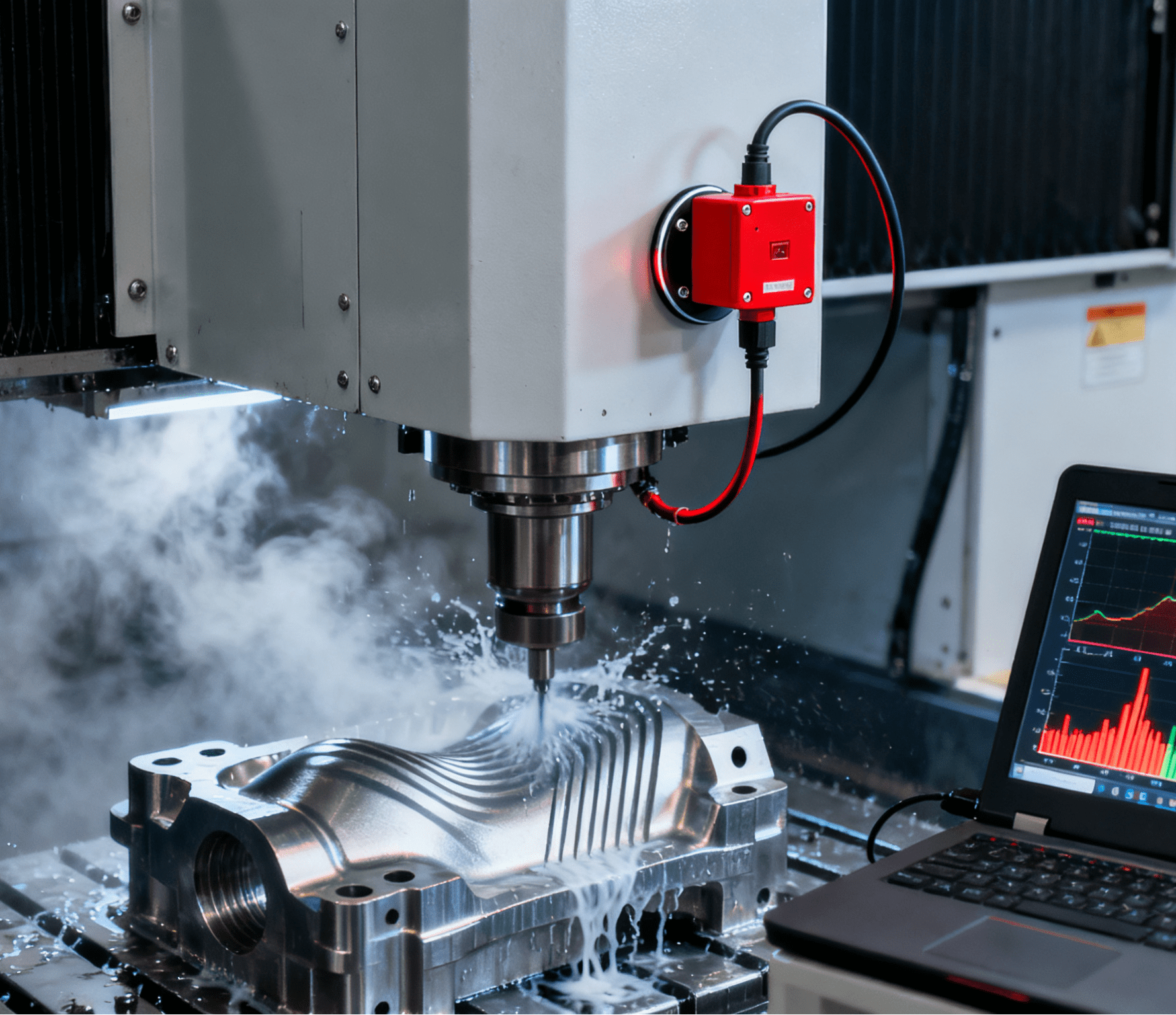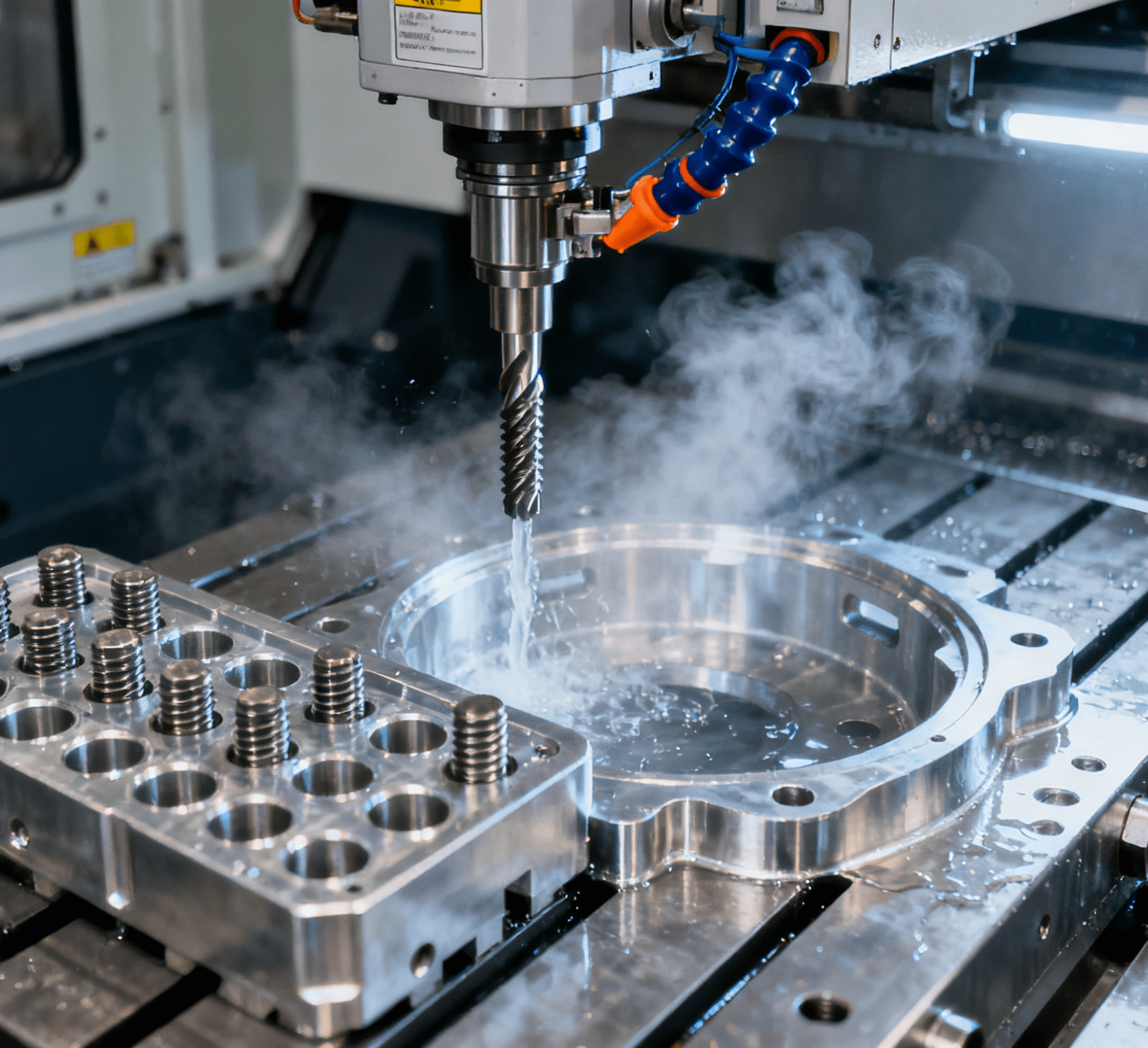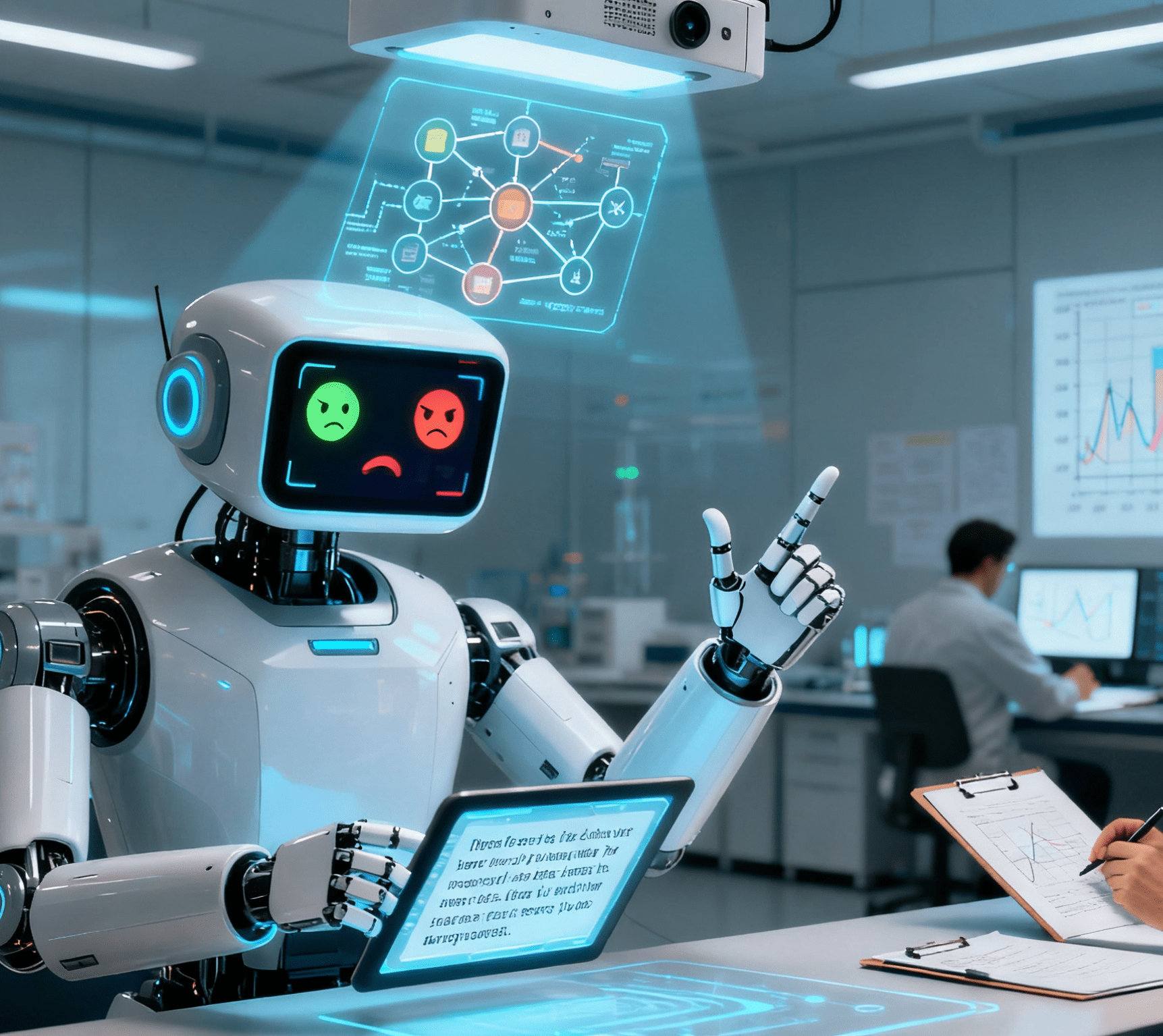Table of Contents
ToggleChina’s Rare Earth Export Controls: Global Automakers Scramble for Solutions in the Age of Intelligent Automation

Jak se svět otáčí směrem k intelligent automation and industrial automationMagnety ze vzácných zemin se staly neopěvovanými hrdiny moderní výroby – zejména v automobilovém průmyslu, který je na automation equipment a pokročilou robotiku. Nedávné čínské kontroly vývozu těchto kritických komponent však otřásly globálními dodavatelskými řetězci a donutily automobilky přehodnotit strategie v prostředí, kde každý motor, senzor a robotické rameno závisí na materiálech vzácných zemin.
Srdce krize: Vzácné zeminy v automobilových inovacích
Magnety ze vzácných zemin jsou páteří intelligent automation ve vozidlech. Od elektromotorů v elektromobilech až po mikroaktuátory v adaptivních systémech odpružení, tyto materiály umožňují účinnost a přesnost, které definují moderní automation equipmentNapříklad jeden vůz Tesla Model Y používá ve svém pohonném ústrojí přes 1 kg neodymových, železito-borových magnetů – komponentů, které je téměř nemožné získat mimo Čínu, která kontroluje 70% celosvětové produkce vzácných zemin.
Obchodní válka mezi USA a Čínou proměnila tuto závislost ve zranitelnost. Když Čína v dubnu zavedla vývozní licence na magnety ze vzácných zemin, automobilky čelily těžké volbě: přizpůsobit se, nebo riskovat odstávky. Jak v květnu ukázal závod Fordu v Chicagu, i týdenní zastavení výroby kvůli nedostatku magnetů zdůrazňuje křehkost dodavatelských řetězců postavených na industrial automation který se spoléhá na čínské vstupy.
Zoufalá řešení: Rekonfigurace výroby na omezeném trhu
Globální automobilky se snaží zmírnit narušení provozu a mnoho z nich se zaměřuje na... automation equipment přemístění jako dočasné řešení. Logika je jednoduchá: Pokud Čína omezí vývoz magnetů, vyrábějte motory v Číně. Například General Motors zvažuje dodávky částečně smontovaných pohonných jednotek elektromobilů do čínských továren k instalaci magnetů – toto řešení sice zvyšuje náklady, ale zabraňuje uzavírání linek. Jak poznamenal jeden manažer dodavatelského řetězce: „Samotný magnet exportovat nelze, ale magnet uvnitř motoru vyrobeného v Číně ano.“
Tento posun odráží širší napětí mezi intelligent automation a geopolitika. Roboti a umělá inteligence sice optimalizují výrobu, ale zároveň zesilují závislost na specializovaných komponentách. Automobilky se nyní ocitly v paradoxu: Aby si udržely efektivitu automatizace, musí přenechat část svého dodavatelského řetězce Číně, a to i přesto, že obchodní napětí vyžaduje diverzifikaci.
Dlouhodobá rizika a mýtus rychlých řešení
Krátkodobá řešení, jako je přesun výroby motorů, s sebou nesou skryté náklady. Přeprava neúplných komponentů přes oceány zvyšuje uhlíkovou stopu a zpoždění, což je v rozporu s cíli udržitelnosti. industrial automationAlternativy, jako jsou motory bez prvků vzácných zemin, jsou sice technologicky proveditelné, ale postrádají účinnost potřebnou pro masově prodávané elektromobily. Jak naznačily společnosti Bosch a Mercedes-Benz, i drobné kompromisy – jako je nahrazení reproduktorů z prvků vzácných zemin levnějšími alternativami – ohrožují kvalitu produktů a věrnost značce.
Krize také odhaluje klam „oddělování“ dodavatelských řetězců přes noc. Jak varovala Aliance pro automobilové inovace, obnova ekosystémů vzácných zemin mimo Čínu by mohla trvat roky – čas, který automobilky nemají. Mezitím… automation equipment navržená pro bezproblémovou výrobu „just-in-time“ je nyní rukojmím politických rozmarů a továrny v USA, Japonsku a Evropě se připravují na letní odstávky.
Závěr: Křižovatka automatizace a geopolitiky
Čínské kontroly vzácných zemin jsou více než jen obchodní taktikou; jsou budíčkem pro svět závislý na centralizovaných dodavatelských řetězcích. intelligent automationPro výrobce automobilů je volba jasná: Přijmout strategické kompromisy (jako je částečná výroba v Číně), aby udrželi linky v chodu, nebo investovat do dlouhodobé diverzifikace, a to i za cenu krátkodobé efektivity.
As industrial automation I když výroba nadále transformuje, ponaučení je jasné: Technologický pokrok nemůže předběhnout geopolitickou realitu. Budoucnost automobilových inovací se nemusí odvíjet jen od robotů a algoritmů, ale také od toho, jak se národy a korporace orientují v křehké rovnováze mezi automatizací, závislostí a suverenitou.
Krize vzácných zemin je nakonec připomínkou toho, že ve věku inteligentní automatizace jsou i ty nejchytřejší stroje jen tak silné, jako dodavatelské řetězce, které je udržují naživu.




















